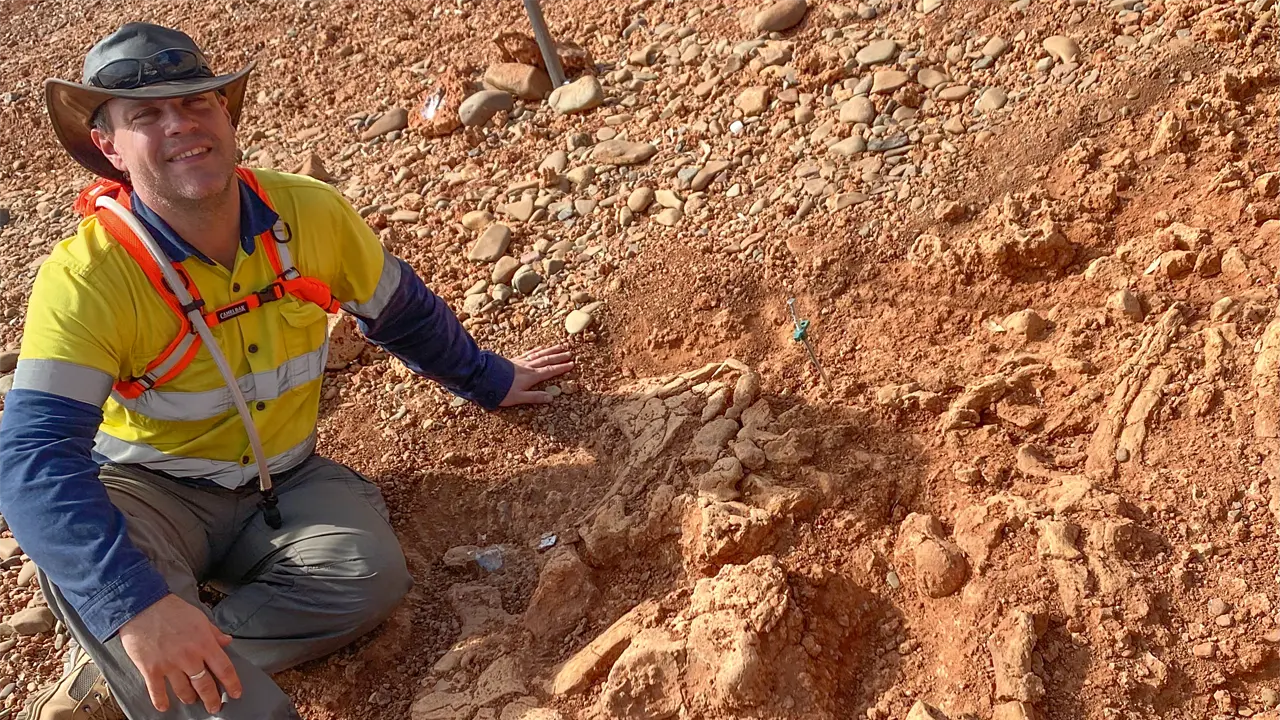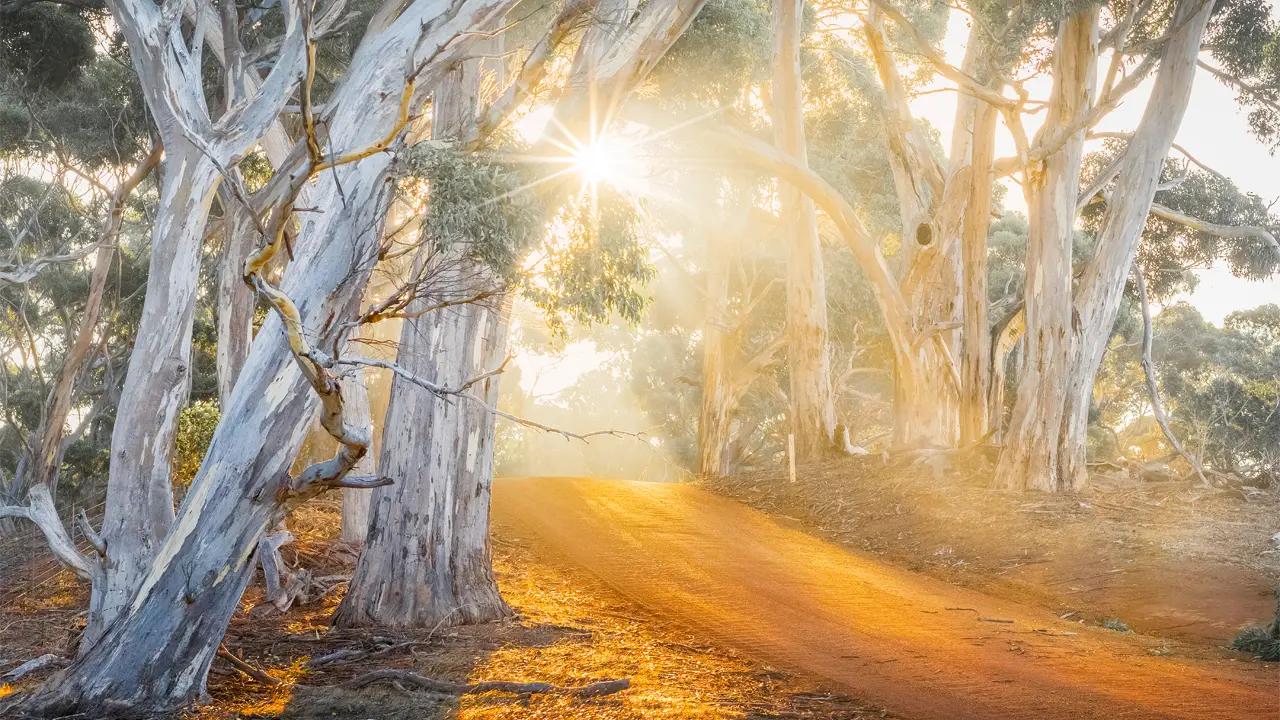Story By Don Fuchs
Station owner and sheep farmer David Elliot stands on a heap of dirt at the rim of a shallow dig on his property “Belmont”. The 18,200-hectare station of black soil and open downs country north-east of Winton is at the centre of a dinosaur boom that has put the town and its surrounds on the map as a world-class fossil area.
“It started back in about 1996 when I found the very first dinosaur fossils,” David says. “The first one was a fluke.” Since then David has made 10 other finds on his property, turning it into something of a Jurassic Park. “In 1999 I found ‘Elliot’, which at the time was Australia’s largest dinosaur fossil,” he says. Looking for the remnants of dinosaurs has become an all-consuming passion. “The dinosaurs are probably the most exciting and most interesting part of my life,” he says.
David is one of a bunch of enthusiasts, visionaries, collectors and self-taught hobby-scientists who can be met along the Dig the Tropic drive, a 1500-kilometre route that skirts the Tropic of Capricorn from Boulia to Yeppoon, Qld, via Winton, Longreach, Barcaldine, Emerald and Rockhampton.
The drive is comparable to the Savannah Way, which traverses the northern savannah from Cairns, Qld, to Broome, WA, in that it links towns and attractions along existing roads and has a catchy name in the hope that people will come. But it has a different theme – geology. Peter Brown, sapphire miner, gem cutter, and entrepreneur, blessed with seemingly inexhaustible energy and enthusiasm, is one of the champions of the concept. “Most of the route’s tourism attractions are geo-tourism, or geology based,” Peter says. “You take the caves, the Blackdown Tablelands, Mount Morgan gold, you’ve got the thunder eggs, you’ve got the coal, the sapphire fields, you’ve got the opals out west. And the dinosaurs, of course.”
The drive begins in Boulia, busiest during the annual migration of punters to the Birdsville Races. Boulia is also the home of ‘Dinosaur Dick’ Suter, 74. His passion is finding fossils of extinct marine reptiles. He is always up for a yarn at the Stonehouse Museum, which houses a large fossil collection, including some of his finds.
This story excerpt is from Issue #68
Outback Magazine: Dec/Jan 2010









